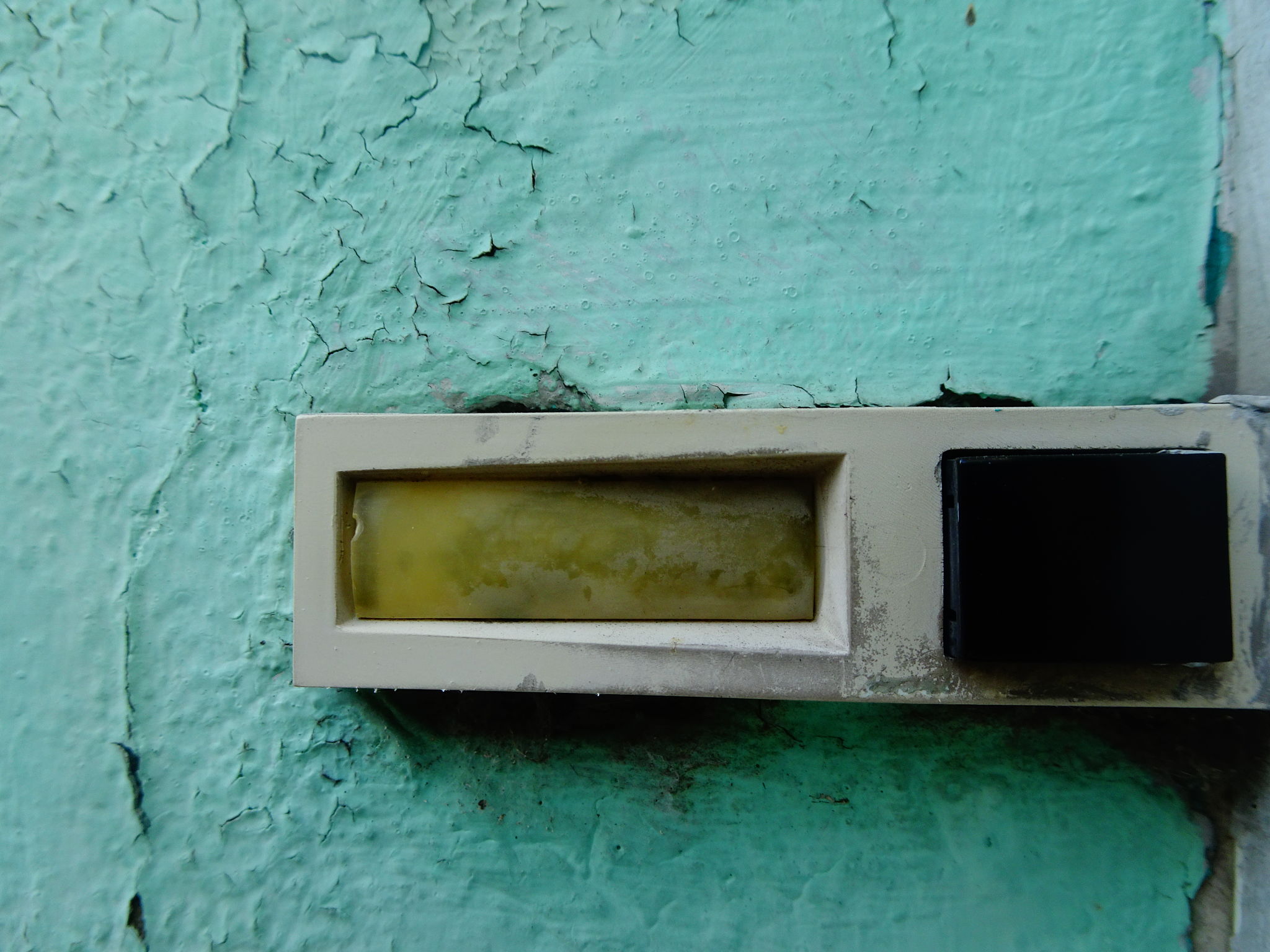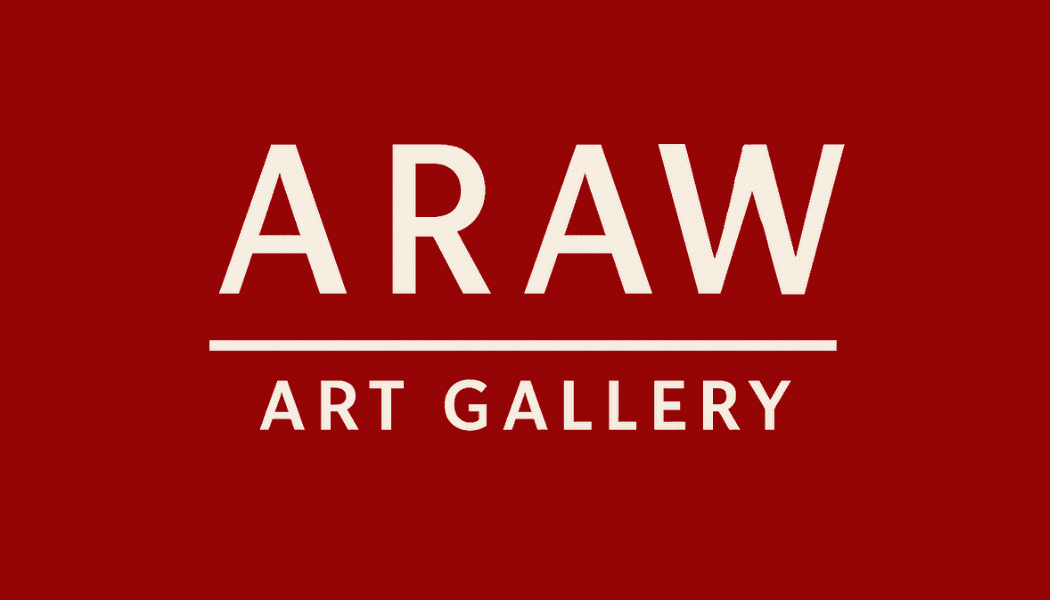Art in the Philippines: A Journey Through Cultural Heritage
The Rich Tapestry of Philippine Art
The Philippines, an archipelago of over 7,000 islands, is a vibrant tapestry of cultures, traditions, and histories. Art in the Philippines is a profound expression of this diversity, reflecting its rich cultural heritage and the dynamic interplay between indigenous and foreign influences. From ancient tribal art to contemporary masterpieces, Philippine art offers a fascinating journey through time and space.
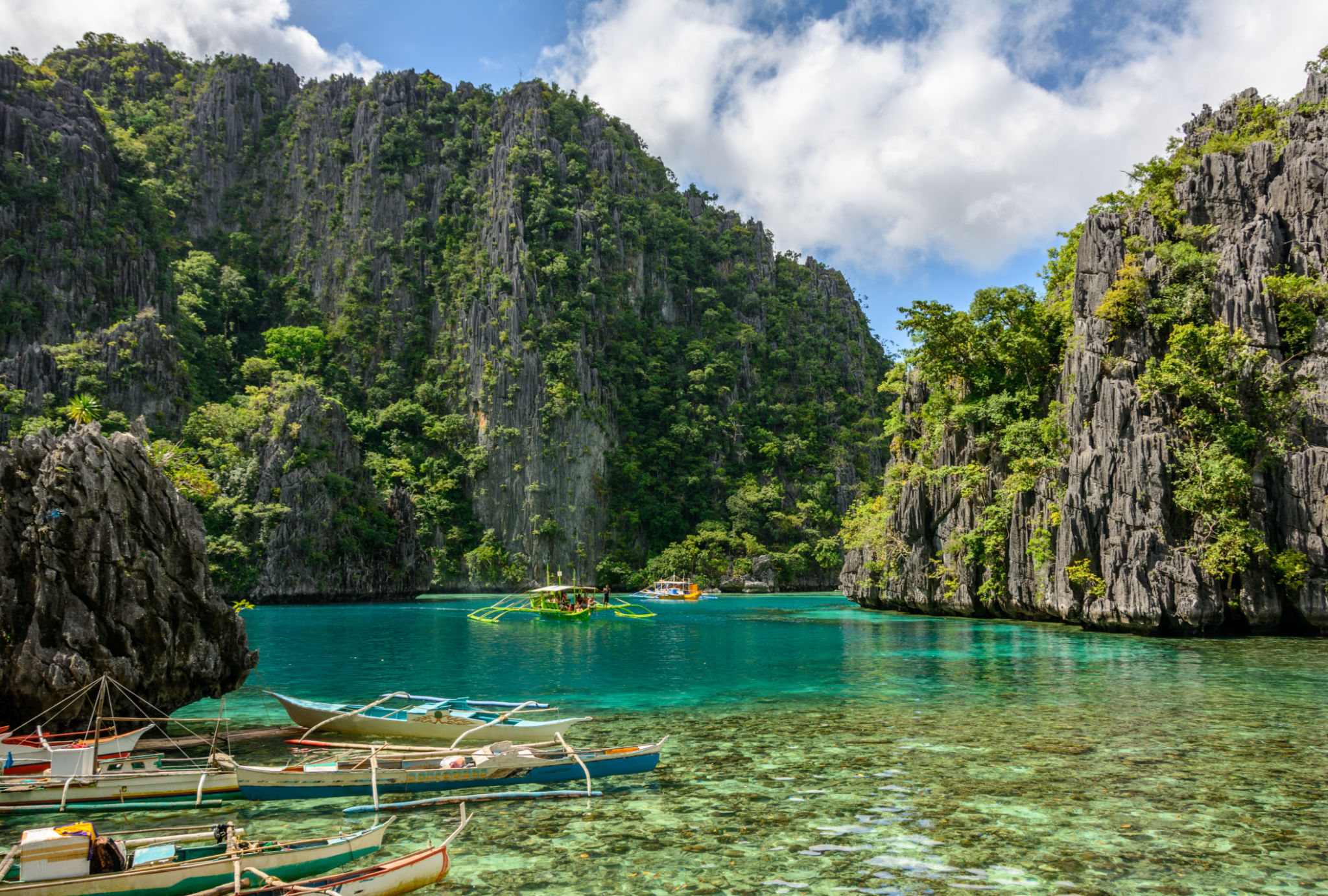
Indigenous Art: A Glimpse into Ancestral Traditions
At the heart of Filipino art is its indigenous roots, where ancient traditions continue to thrive. Many ethnic groups, such as the Ifugao, T'boli, and Maranao, have preserved their artistic heritage through intricate weaving, wood carving, and pottery. These art forms are not merely decorative; they are imbued with cultural significance and spirituality.
The weaving techniques of the T'boli people, for instance, produce the T'nalak cloth, a sacred fabric believed to be a gift from the gods. Meanwhile, the Ifugao's wood carvings, often depicting ancestral spirits and deities, serve as powerful symbols of cultural identity and reverence for nature.
Colonial Influence: A Fusion of East and West
The arrival of Spanish colonizers in the 16th century marked a new era in Philippine art. The Spanish influence introduced Western artistic styles and techniques, leading to a fusion of indigenous and European elements. This period saw the rise of religious art, with churches adorned with Baroque architecture and sacred imagery.
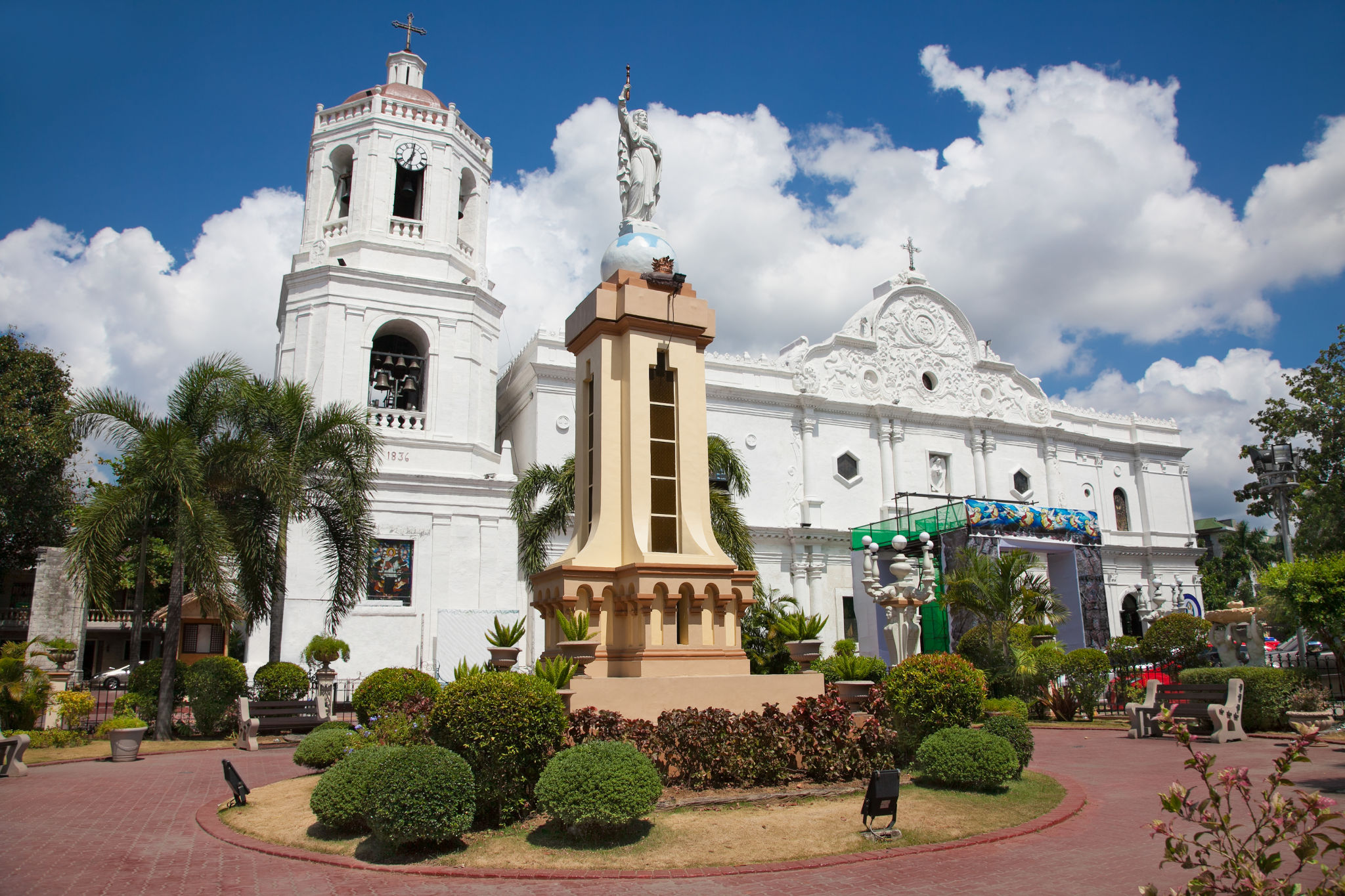
During this time, Filipino artisans like Juan Luna and Felix Resurreccion Hidalgo gained international acclaim for their mastery in painting. Their works often depicted themes of nationalism and social justice, capturing the spirit of a nation striving for independence.
Contemporary Art: Reflecting Modern Realities
Today, Philippine art continues to evolve, reflecting the country's complex social realities and global influences. Contemporary artists explore diverse mediums and themes, from street art and installations to digital media. This modern artistic landscape provides a platform for both emerging and established artists to express their creativity and perspectives.
One notable contemporary artist is BenCab, whose works address issues such as identity, history, and culture. His distinct style combines traditional elements with modern sensibilities, making his pieces both thought-provoking and visually captivating.
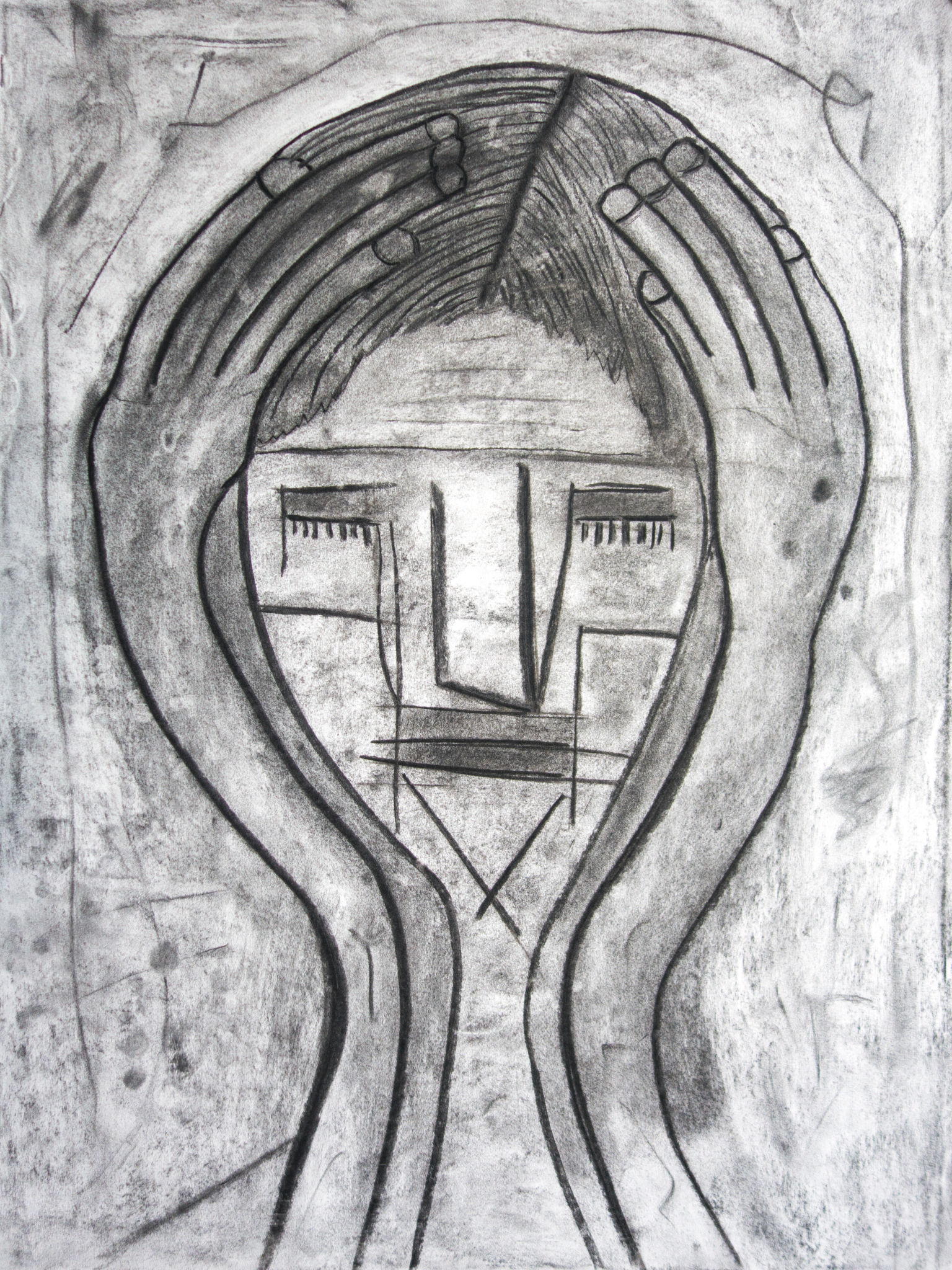
The Role of Art Institutions
The preservation and promotion of Philippine art are significantly supported by various institutions and galleries. Museums like the National Museum of the Philippines and the Ayala Museum play a crucial role in educating the public and showcasing the country's artistic legacy. These institutions host exhibitions that celebrate both historical masterpieces and innovative contemporary works.
Art fairs and festivals also provide a dynamic platform for artists to engage with a wider audience. Events such as Art Fair Philippines have become significant cultural gatherings that highlight the thriving art scene and foster appreciation for Filipino talent.
Conclusion: A Living Cultural Heritage
Art in the Philippines is more than just a display of aesthetic beauty; it is a living testament to the nation's cultural heritage. As it continues to evolve, it offers a profound understanding of Filipino identity and resilience. Whether through traditional crafts or avant-garde installations, Philippine art remains a vital expression of the country's soul.
